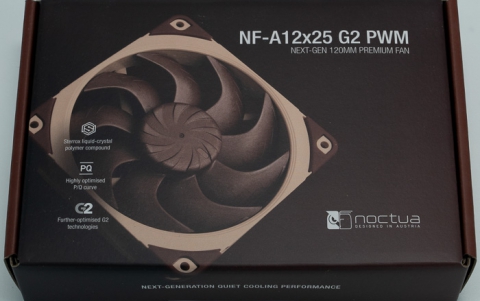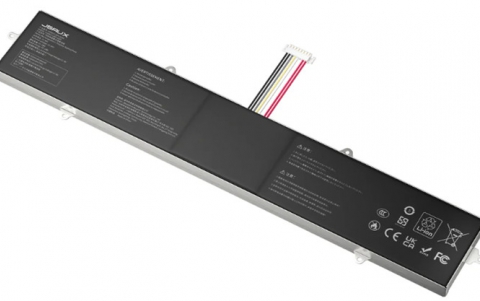What Does it Take to Make an ASIC Bitcoin Miner
Constructing an ASIC Bitcoin miner provides dedicated equipment built to efficiently compute blockchain solutions for transaction documentation and mining rewards. However, accomplished execution requires awareness around key phases—from sourcing appropriate ASIC chips to calculating profit making prospects.
The ASIC Technology
To grasp what makes an ASIC Bitcoin miner tick, one must understand the pivotal innovation powering this specialized equipment: the integrated circuit itself. ASICs represent integrated circuits designed solely for mining's computational task. In contrast to multi-purpose hardware, engineers conceived ASICs for maximum efficiency on a single application.
Compared to using general hardware like GPUs, CPUs or even FPGAs (Field Programmable Gate Arrays), ASICs are vastly more efficient. Consequently, this narrowly focused approach gives specially developed ASIC miners a monumental advantage over hardware originally made for broader uses.

Needs for an ASIC Miner
To construct an ASIC miner, you'll require several key components and tools. The central element is the ASIC chip itself, which will handle all the computational work. You'll also need heat sinks since these chips generate substantial heat when operating at capacity.
A steady power supply unit (PSU) is necessary as well, one capable of meeting your rig's power demands with high efficiency. Boards or substrates act as a base for mounting the ASIC chips. And don't forget quality conductive epoxy or solder for creating durable connections.
Tips for Assembling an ASIC Miner
Assembling your own ASIC miner comes with some challenges. It requires expertise in electronics and precision to pull off successfully. However, here are some tips for assembling an ASIC miner that you may find useful.
Firstly, ensure all components are thoroughly cleaned before assembly. Clean surfaces allow for better conductance and minimize the chance of short circuits. Secondly, make sure to handle all components carefully to avoid damaging the delicate ASIC chips.
Also, remember that heat management is paramount. Hot environments significantly reduce ASIC performance so make sure your heat sinks and fans are installed correctly. Lastly, always double-check connections before powering up to avoid irreparable damage to your circuit.
Designing the Circuit
Coming up with an effective circuit layout is no simple feat. It requires designing a circuit that will allow electricity to flow efficiently throughout the miner. A poorly conceived circuit can lead to problems like overheating and inefficient power usage. You'll need extensive knowledge of electronic circuitry as well as access to PCB design programs like Eagle or Altium.
The size of your ASIC chip also impacts the circuit board layout. Excessive spacing can cause signal timing issues while too little room can impede heat dispersion.
ASIC Vs GPU Mining
The battle between ASIC and GPU mining is a hot topic in the crypto world. While GPU rigs are versatile and accommodate several algorithms, they fall short of the raw efficiency and performance that ASIC miners offer when they're produced correctly.
ASIC miners outperform GPUs in hash rates while consuming less power which can lead to significantly more profits. However, they lack flexibility and if a particular cryptocurrency changes their Proof-Of-Work algorithm, any ASIC device designed specifically for that coin becomes useless.
Selecting the Right Hardware
While ASICs drive computational capacity, additional hardware plays vital supporting roles. Hashing boards mount ASIC chips. Sturdy casing shields sensitive components. Robust power modules energize reliably.
Yet hard drives are still vital as well for loading essential software and logging blockchain transaction gigabytes. Solid-state drives offer lightning software responsiveness while high-capacity mechanical drives provide expansive pooled storage - striking an optimal balance.
So choose equipment purpose-built to withstand mining's demands beyond ASIC silicon. Carefully vet and validate every component forming a comprehensive chain ultimately fueling maximum cryptocurrency earnings.
Power Supply and Management
The final piece of the puzzle is power management. Bitcoin mining eats up lots of energy. So having a dependable and efficient power supply is mandatory. What's more, if you run multiple ASIC miners simultaneously, high efficiency keeps electricity expenses down and profitability up.
Power management also covers real-time monitoring of consumption. It's advisable to have control systems that can remotely administer your miners for functions like system resets or shutdowns upon detecting irregular behavior.
Firmware and Software Requirements
To operate your ASIC miner, you need the appropriate firmware and software installed. Firmware is the permanent software programmed on a device's memory, providing low-level control for your miner's hardware. You need the right firmware to ensure your ASIC miner could function correctly.
The software required for mining refers to programs that will connect your miner to the blockchain or mining pool. It controls ASIC miners' output, interprets data from the mining pool, and returns validated shares from miners to the pool.
Selecting the correct mining software can not only increase your miner's performance but also simplify tracking of performance metrics or doing any necessary troubleshooting.
Operating System Selection
In addition to specific Bitcoin mining software, a suitable operating system is also necessary for your miner to function at its best. The chosen OS should be able to handle heavy tasks efficiently while having a practical user interface.
Typically, Linux-based systems have been popular among miners due to their stability and lower resource usage compared with other operating systems. However, Windows and macOS can also be an excellent choice depending on user familiarity and preferences.
Mining Pool vs Solo Mining
The choice between joining a mining pool or solo mining depends largely on individual preference and hardware capacity. Solo mining means you are doing all the work alone which can result in larger payouts if you solve a block, but such occurrences could be rare depending on your ASIC miner performance.
Mining pools are an attractive option as they allow miners to join together, combine hash power, and split rewards evenly based on contributed works. While payouts per block found will be smaller than in solo mining, they tend to occur more regularly due to increased overall hashing power of the pool making it a more stable income choice for many.
Potential Profitability Assessment
Before firing up your ASIC miner, it's essential to evaluate crypto profitability. The degree of profitability will hinge on several elements: the performance of your ASIC rig, bitcoin's current market value, electricity expenses, the prevailing mining difficulty, and any related pool fees.
When all these variables are assessed, you can determine if Bitcoin mining will be lucrative for you. Recognize that while early profit prospects seem exceptionally promising, this can shift dramatically as the aforementioned factors change.
Maintenance of ASIC Miner
Maintaining your ASIC miner is imperative for optimal function and longevity. A well-serviced miner runs efficiently, consumes power judiciously and reduces the likelihood of hardware failures.
Routine dust removal, inspecting connections or cables, monitoring temperatures and keeping firmware and software current are all critical maintenance steps. Regular checks avert issues from disrupting operations which could otherwise mean losing potential revenue due to downtime.
Noise and Heat Management
One vital aspect many overlook when setting up ASIC miners is noise generation and heat dissipation. Mining demands expansive computing power, meaning your miner's components will produce substantial heat which if not properly handled could damage those components.
Effective cooling systems whether air or liquid-based are therefore absolutely necessary. On the other hand, mining rigs can also generate significant noise that may be disruptive based on placement. Sound-proof casing or specialized damping materials can effectively mitigate this.
In Summary
Constructing an ASIC miner requires grasping ASIC technology and associated needs, obtaining suitable hardware, implementing robust power systems, installing appropriate firmware and software, deciding between a pool or solo mining, evaluating profitability and maintaining the miner through its working life.
Noise and heat management are also key facets alongside adhering to pertinent legal considerations around bitcoin mining.





















